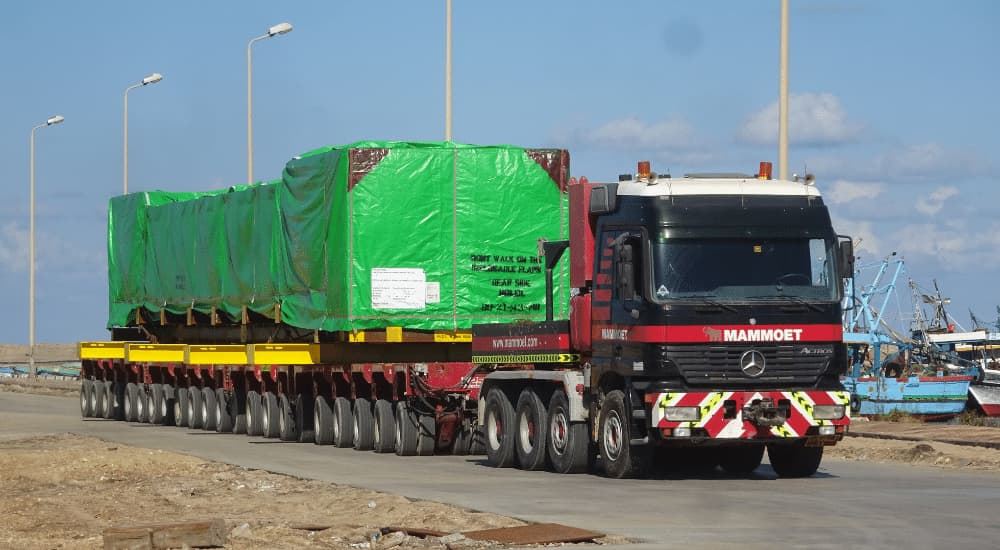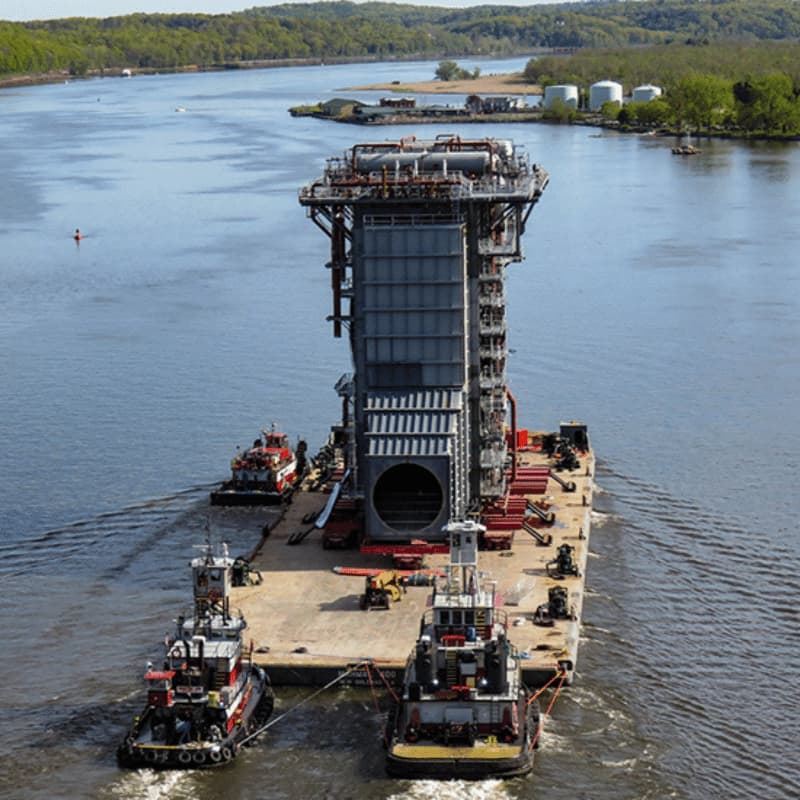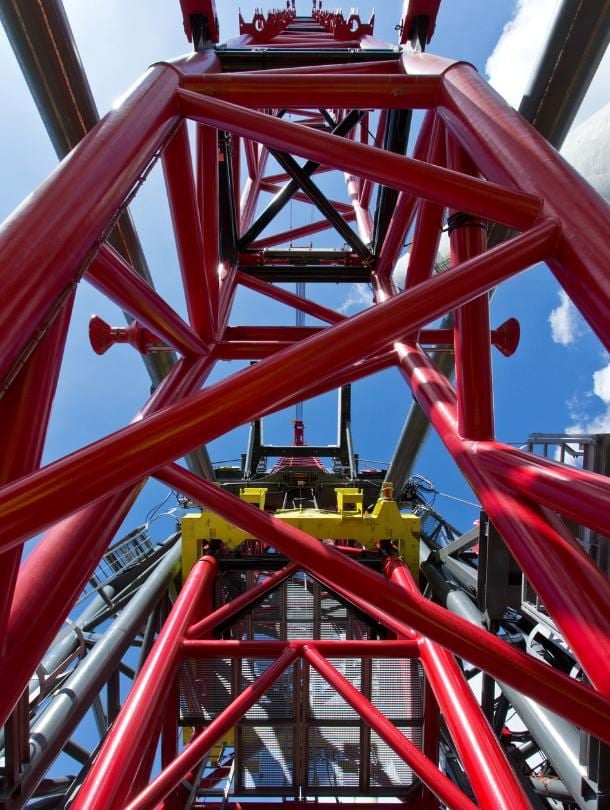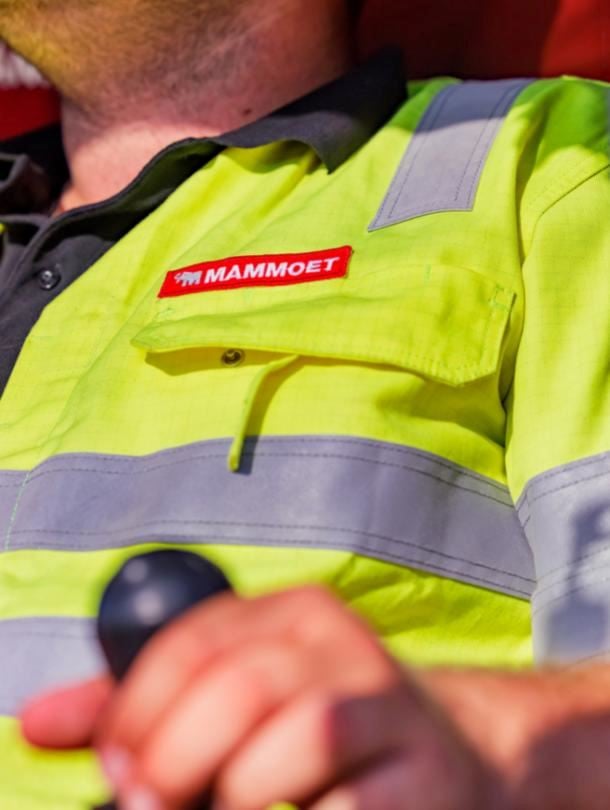Transporting HRSGs via shorter, safer routes to save costs
HRSG transport projects must be delivered with precision, so that complex construction schedules stay on track and the plant gets up and running as soon as possible. Despite their huge size, these modules must be brought to site as effiiently and cost-effectively as possible, to deliver affordable energy to customers.
The highest levels of engineering expertise, route finding and shipping and port authorities management expertise is needed to bring these high-value components to site safely.
With hundreds of staff from multiple contractors on site during the construction phase, any delay could have serious consequences for the overall project.


Finding the shortest, safest route for HRSG transportation
By finding the most reliable and cost-effective route, Mammoet meets, or in some cases reduces, the overall schedule during HRSG transport projects. For example, strengthening a local fishing port to load-in a module may avoid many kilometers driven over land, and therefore save on civil works and administration.
We plan and design a transportation and installation schedule for each project, defining the best route by road or water, and arranging all necessary permits with shipping and port authorities. With one organization maging the entire transport scope, transfers are seamless and delays minimized.
Using technology to find the fastest transport routes
Typically, our teams collect an HRSG module from a port close to the point of manufacture, transfer it onto a barge using an appropriate SPMT combination and transport it via river or canal to an appropriate jetty near the plant before taking it to site.
We use LIDAR technology to develop point clouds of possible transport routes. The planning stage is key to assessing HRSG transport viability, considering potential clash points, ground-bearing pressure and load capacity to decide which route is most suitable for transporting these tall, heavy loads.
Mammoet arranges local permits in advance and works with local authorities to get approval on any route modifications that are unavoidable.


